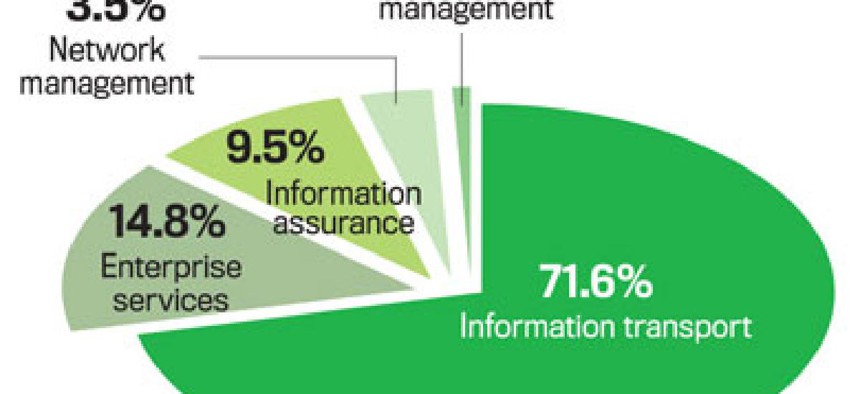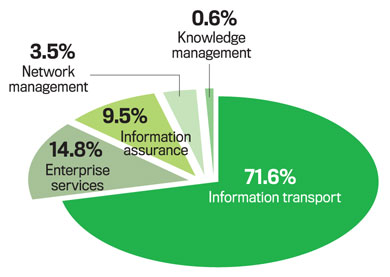Pentagon tests IT portfolio approach

DOD hopes that bundling similar programs could lead to better project management.
Defense Department leaders are testing a new approach to budgeting for the military’s multibillion-dollar information technology programs as they craft their budget requests for fiscal 2009 and 2010. That approach calls for DOD to bundle similar programs from across the services into capability portfolios.Deputy Defense Secretary Gordon England created four panels last year to implement a process known in the department as capability portfolio management. Its purpose is to help senior leaders better understand program gaps and redundancies. With that information, program managers and others can redirect spending as needed.DOD chartered the panels to oversee four portfolios of IT-laden projects that lack what Air Force Maj. Gen. Michael Hostage called a “joint advocate.” “We develop…capabilities at the service level, but we fight at the joint level,” Hostage said at an industry conference in June. Hostage runs daily operations for managing the joint command and control portfolio at the Joint Forces Command.In addition to the joint command-and-control portfolio, DOD’s test of capability portfolio management involves three other portfolios: joint network-centric operations, run by the DOD’s chief information officer’s staff and the Strategic Command; battlespace awareness, led by the Office of the Undersecretary of Defense for intelligence; and joint logistics, led by the Office of the Undersecretary of Defense for acquisition, technology and logistics and the Transportation Command.Since their inception last fall, the four panels worked with the services to apply the principles of capability portfolio management while putting together the 2008 DOD budget request. But panel officials said their ability to affect spending decisions for next year’s budget was limited because the military services had almost finished their requests when England set up the portfolio management groups.The 2009 budget is widely seen as the first time the portfolio managers can make a difference because they have more time and new authorities to track the military service budgets as they evolve, Hostage said.In the fight for defense budget dollars, the services have traditionally kept internal budget information closely guarded.Many officials see the 2009 budget drill as a warm-up for the 2010 request, which will be the last DOD plan put together by the Bush administration. In the Pentagon’s budget cycle, odd-numbered years, such as 2009, are considered off-years in which DOD officials traditionally request minor adjustments to the previous year’s request. In even-numbered years, officials craft more thorough six-year spending plans for the military’s programs.According to observers, the coming months will show whether portfolio management officials and service officials can agree on adjustments to the service IT programs, which could amount to a reshuffling of billions of dollars. The portfolio managers have the support of senior Pentagon leaders, but the services, who own the military’s IT programs, could insist on their responsibility under the constitution to train and equip U.S. armed forces.Ron Jost, a deputy assistant secretary in the office of the DOD CIO, said he invests in collaborating with the services early on to avoid disagreements later. Jost oversees the daily activities of the joint net-centric operations capability portfolio. Portfolio managers can write issue papers for senior DOD leaders for cases involving irreconcilable differences with service spending plans.“If we have to write issue papers, we failed,” Jost said. “We’re a little different in that sense.”DOD’s experiments with capability portfolio management have attracted attention on Capitol Hill. Department officials should consider expanding the approach beyond the four experiments to include other capabilities that reach service boundaries, Senate Armed Services Committee members wrote in their June 5 report accompanying their version of the 2008 Defense Authorization bill.
NEXT STORY: Bush approves 9/11 bill



